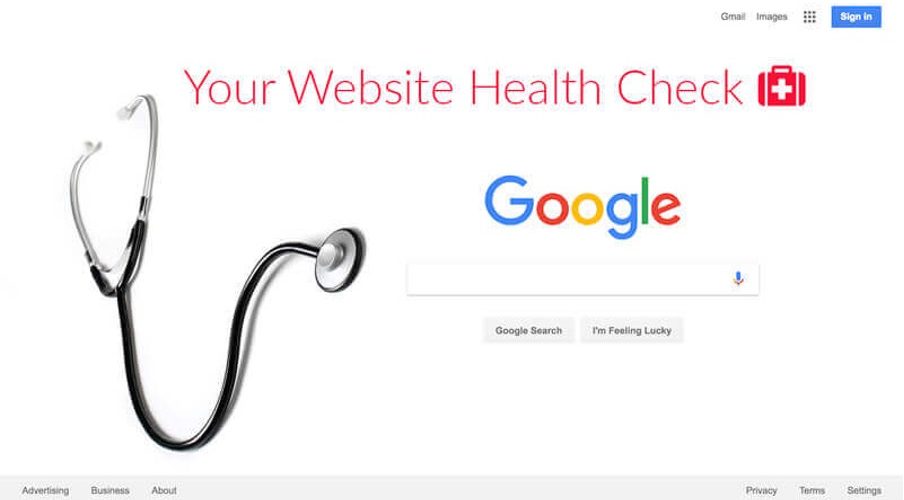The relationship between H1 and title tags plays a significant role in both search engine optimisation (SEO) and user experience. While they don’t have to match exactly, their coordination can impact your website’s performance. Here’s a comprehensive look at why and how to manage these elements effectively.
Understanding H1 and Title Tags
Title Tag:
Definition: The title tag is an HTML element that specifies the title of a web page. It appears in search engine results as the clickable headline and in the browser tab.
SEO Role: It is a critical ranking factor and helps search engines understand the page content. A well-crafted title tag can significantly influence click-through rates (CTR) from search engine results pages (SERPs).
H1 Tag:
Definition: The H1 tag is an HTML element that represents the main heading of a page. It is typically the most prominent text on the page.
SEO Role: The H1 tag signals to search engines the primary topic of the page, aiding in content relevance and user understanding.
Importance of Coordination
SEO Signals:
Relevance: Both the title tag and H1 tag should accurately reflect the page’s content and include target keywords. This consistency helps search engines index and rank the page appropriately.
Complementary Roles: While the title tag can be optimised for clickability in SERPs, the H1 tag focuses on summarising the page content once the user arrives.
User Experience:
Expectation Management: When the title tag and H1 tag are closely aligned, it reassures users that they have landed on the right page. This consistency reduces bounce rates and enhances user satisfaction.
Engagement: Varied yet complementary wording between the title tag and H1 can capture user interest and keep them engaged with the content.
Best Practices for H1 and Title Tags
Keyword Optimisation:
Title Tag: Incorporate primary keywords naturally. For instance, “Top 10 Wedding Venues in New York | [Your Business Name]” targets specific search queries.
H1 Tag: Use a similar keyword set but with a slightly different structure, like “Discover the Best Wedding Venues in New York.”
Unique Wording:
Avoid using the exact same text for both tags. This not only prevents redundancy but also allows you to cover a broader range of search queries.
Clear and Engaging:
Ensure both tags are clear and engaging. A compelling title tag can increase CTR from SERPs, while a clear H1 tag can keep users engaged on the page.
Example Application
Title Tag: “Comprehensive Guide to SEO Best Practices in 2024 | [Your Business Name]”
H1 Tag: “Master SEO Best Practices for 2024: A Complete Guide”
In this example, both tags contain the primary keyword “SEO Best Practices 2024,” but the wording is varied to enhance engagement and avoid redundancy.
Conclusion
The coordination between H1 and title tags is essential for optimising SEO and enhancing user experience. While exact matches are unnecessary, ensuring both elements are relevant, keyword-rich, and engaging is crucial. This strategic alignment can improve search engine rankings, drive more traffic to your site, and provide a seamless experience for users, ultimately contributing to the success of your digital marketing efforts.




